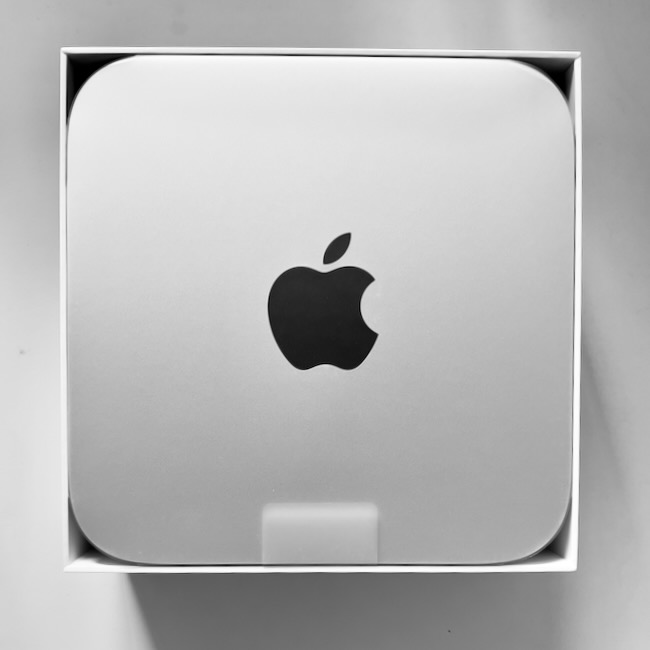
eXtensions - Thursday 25 January 2024
By Graham K. Rogers

Updates to Apple's operating systems this week brought some new features and urgent security fixes. We celebrate 40 years of the Mac this week. The Post Office in the UK used faulty software from Fujitsu and accounting errors were blamed on the users, some of whom went to prison. Orders for Vision Pro have begun and begun well, although some have ended up on eBay.
On Tuesday morning here, I was informed that the expected update to macOS had arrived and found other updates to Apple operating systems: iOS and iPadOS, plus WatchOS 10.3 with the Unity Bloom watch face, and AppleTV. There was a security vulnerability that 'may have been exploited', now patched in iOS 17.3, macOS 14.3 (Stephen Warwick, iMore). Among the new features in iOS 17.3 is Stolen Device Protection. Juli Clover (MacRumors) includes the Apple release notes comment that this "increases security of iPhone and Apple ID by requiring Face ID or Touch ID with no passcode fallback to perform certain actions".
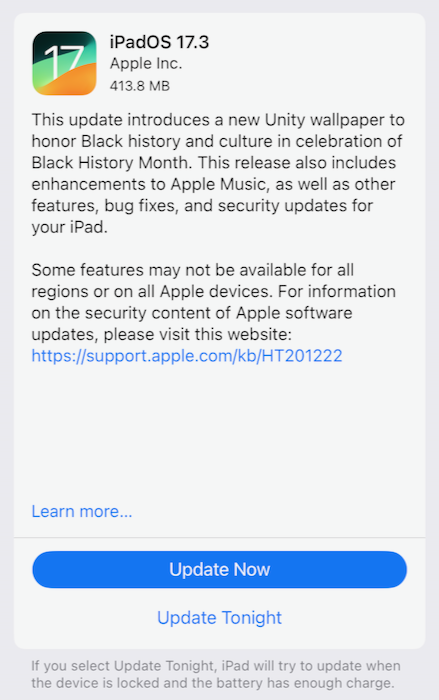
|
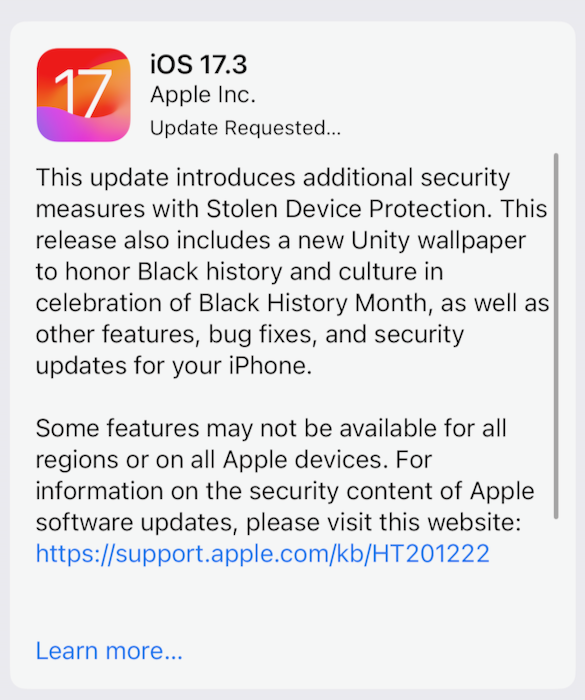
|
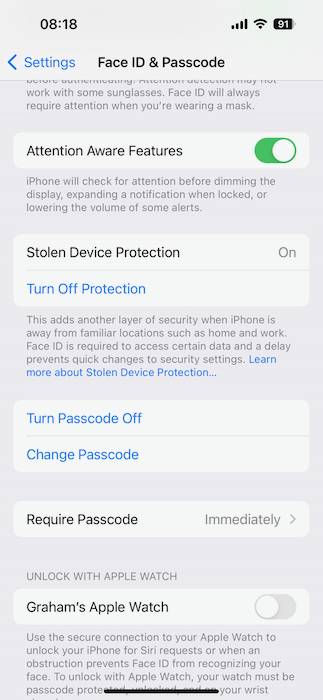
|
This week, several sources are celebrating the 40th anniversary of the Mac, although the current devices are hardly straightforward evolutions of the original Mac that went on sale in January 1984, after that famous Super Bowl advertisement which some suggest tilted at IBM.
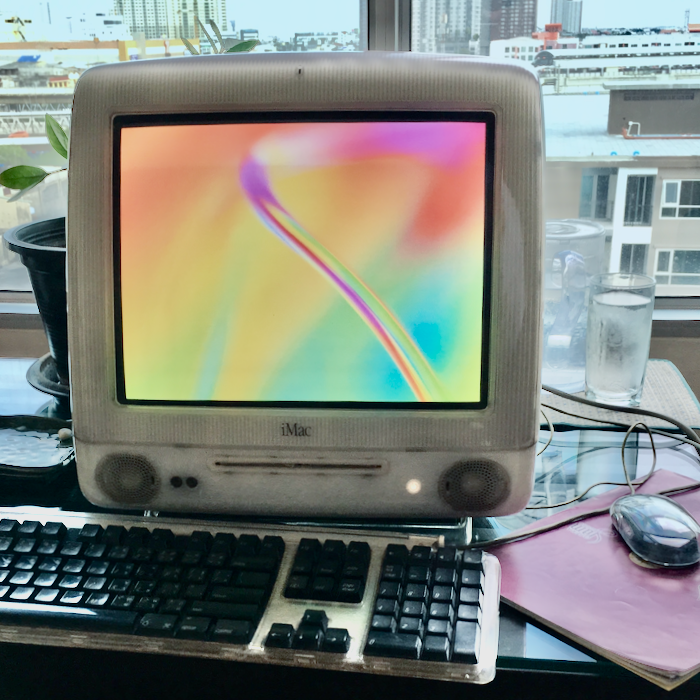 I was introduced to computers in 1985 when Illinois State University (ISU) changed its basic writing program from paper and pencil to computers: twin (5.25") floppy disk, Zenith PCs running MS-DOS 2.7. We had to teach the new students how to use computers, how to use Wordstar (basics of course) and how to write.
I was introduced to computers in 1985 when Illinois State University (ISU) changed its basic writing program from paper and pencil to computers: twin (5.25") floppy disk, Zenith PCs running MS-DOS 2.7. We had to teach the new students how to use computers, how to use Wordstar (basics of course) and how to write.
Later that year a Macintosh arrived at the department for a professor who published a book every year. Like a French academic I met years later in Bangkok, the Mac was essential to their work for the way it could handle fonts: not a strong point of command-line DOS. I was able to try the Mac that was delivered to ISU, but I found it confusing because I could do so much. The mouse added another dimension, as did the possibility of using the machine for drawing.
I stayed with PCs for almost another 10 years when my 386 with its 20MB hard disk (I thought that would be enough) died and I was offered a Mac Quadra before the arrival of Windows. After a series of used Macs (and some assembled from eBay parts), I put the money down for one of the original iMacs, which I still have. I also had a G4 Power Mac in my office and that was where I first tried OS X, although that frightened me so much initially that I returned immediately to System 9. But not for long.
Recently Britain woke up to a scandal about wrongful convictions that had been reported in Computer Weekly, Private Eye and Panorama several years previously (2009) but largely ignored. A High Court ruling in 2019 exonerated several of those who had been convicted, and a public inquiry was begun, but it was only after a TV drama aired that the message finally got through. YouTube clips from that inquiry that took place after the TV drama have revealed much more about who knew what and when.
While many towns have Post Offices, smaller towns and villages, or even areas within large towns, may have a sub-post office. These are often in shops and are in a separate section that deals with that side of the business. The people who run these places are trusted members of their communities. The accounts are balanced carefully, and in January 1999 the Post Office introduced new software, developed by the Fujitsu company. I have read and viewed much about this gross miscarriage of justice and note:
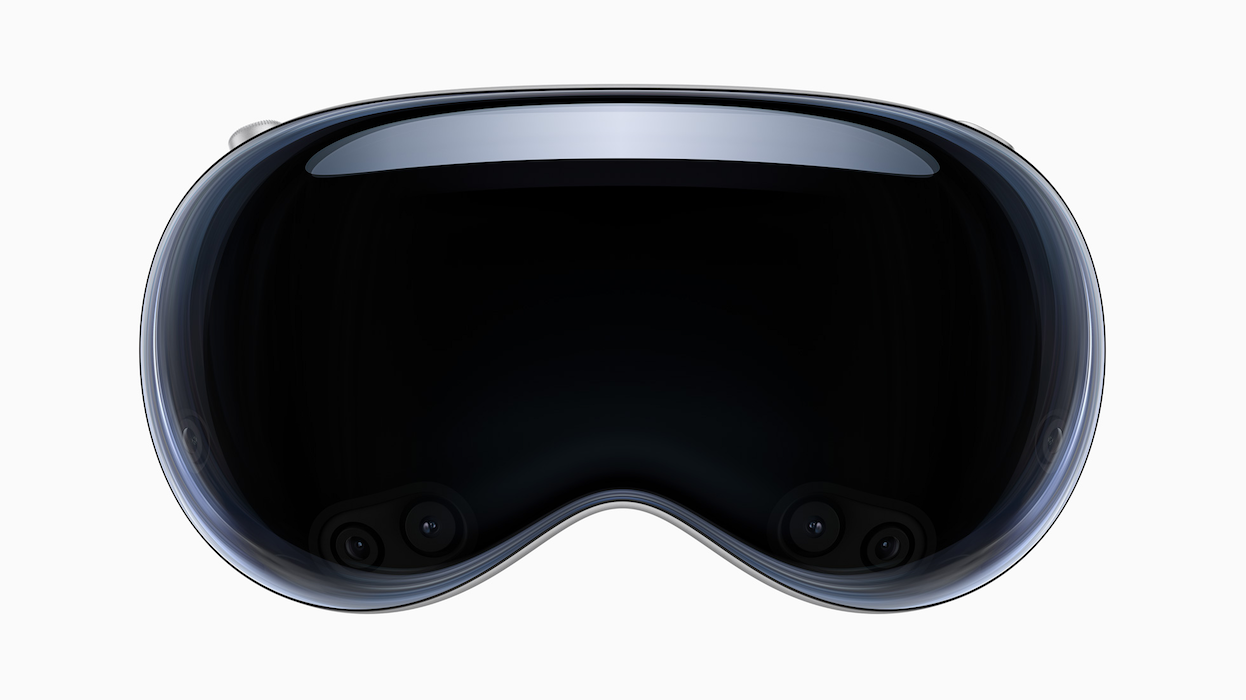
Orders for Vision Pro, which some commentators want desperately to fail, began last week and there are some corrections to earlier perceptions and rumors. Almost immediately, orders were backed up from the February release date to April. This suggests that a lot of people are happy to put down money for this new product that is only to be sold in the USA initially. However, it does appear that other markets are to be opened fairly soon, with UK, Canada and Japan mentioned.
The starting price for Vision Pro is $3499, but if the customer opts for more memory, things start to become more expensive, with the 1TB option going for $3,899. While some did put down the money to purchase these (basic and 1TB) some devices have already been advertised on eBay. Prices are showing in baht (for me), ranging for 159,000 baht for a 256GB version to 292,000 for the 1TB device. There are some outliers with 301,000 for a 512GB version and 284,000 for 256GB, but these may not be sold for those prices of course. For information and to put things in some perspective, 159,000 baht is $5600 and 301,000 is $10,600 at today's exchange rates (although for the latter, eBay shows $8500 + shipping) for the non-auction item. There are 50 listed on the page that I viewed.
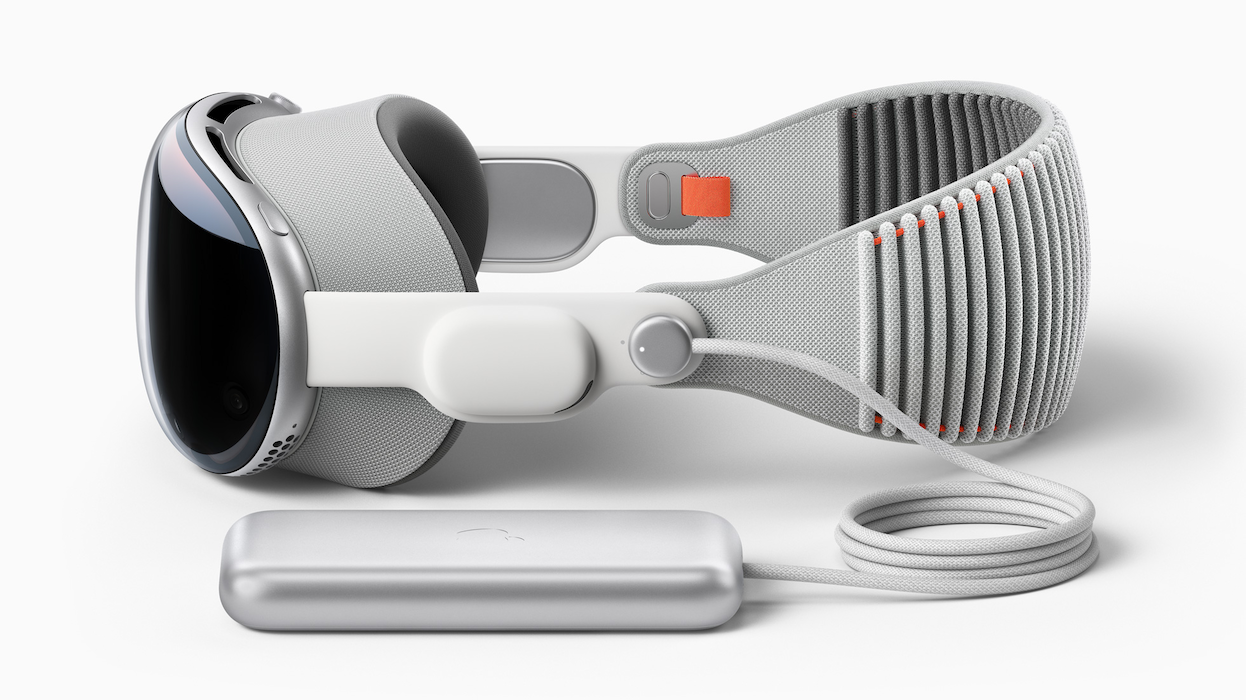
Pre-ordering predictions from Ming-Chi Kuo suggested that 60-80,000 units would be available, but confusingly, after the opening of orders, Ming-Chi Kuo estimated that 160,000-180,000 were sold, which is a significant typing error. Stephen Warwick (iMore) explains that the pre-order figure was for inventory, while the larger figure is for the "pre-order estimate". Sounds like fudging to me, but it suggests that sales of at least half a billion dollars were made.
There are also questions about the number and type of apps available, with Netflix and others declining to provide specific content, saying users can access the films and series via Safari. Disney announced at the product announcement that they would be involved, so users will have something to look forward to. There are also a significant number of games ready, but many developers are expected to be playing a waiting game to see if it is worth their while to create apps for Vision Pro. You don't become rich by sitting on your hands.
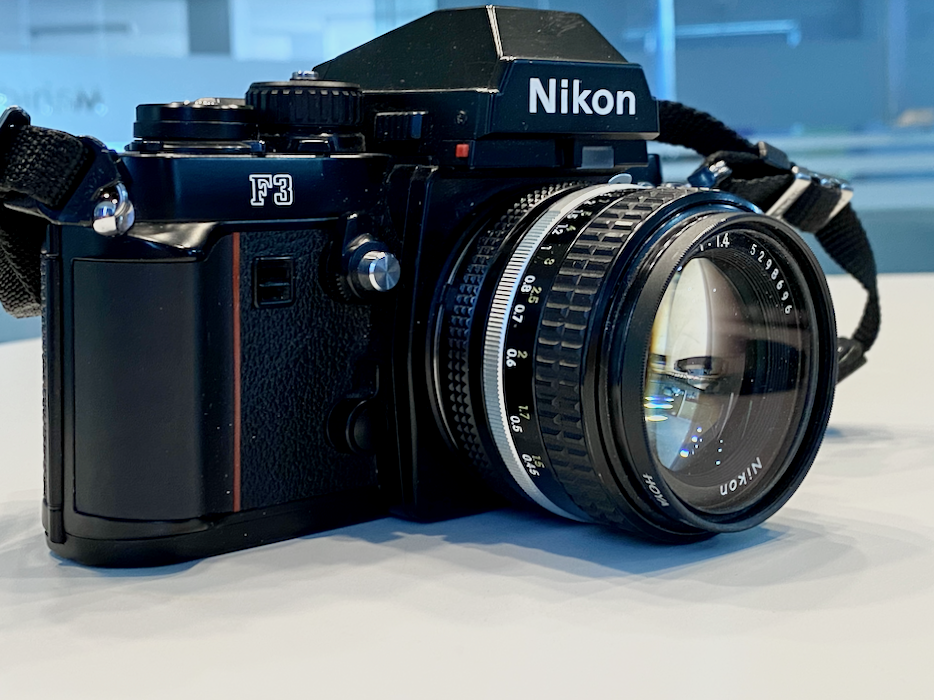
When I take images with my DSLR camera, or scan negatives I always save these on external media. As they are in Photos they are also saved on iCloud, and there are Time Machine backups, but I also save the originals, just in case. With the Nikon images, I export the NEF Nikon RAW) originals from Photos on the Mac and then format the camera card. Sometimes other image types are caught up in the export, as I may use the iPhone for the same event. This happened this week, when I attended a university event. As I was about to delete the IMG files, I noticed a file type with the suffix .aae that I was unfamiliar with. This did not open in Finder, Quick Look, so I searched online for this new file, which is not actually new at all.
It is found "on iOS 8 and newer and macOS 10.10 and newer systems. It details the modifications made to JPEG pictures through the Apple Photos app" (Lee Stanton, Alphr). With the information, I opened the file in BBEdit and saw it was formed just like a normal XML file. One oddity is that, although the date is right, the time shows 7 hours earlier than the image was taken which I presume is GMT. I am also mystified why the images from the iPhone are a mix of HEIC, DNG and JPG, unless this is connected to the different lenses on the device that I had used. My concern now is about how it was caught up in the export of the image files.
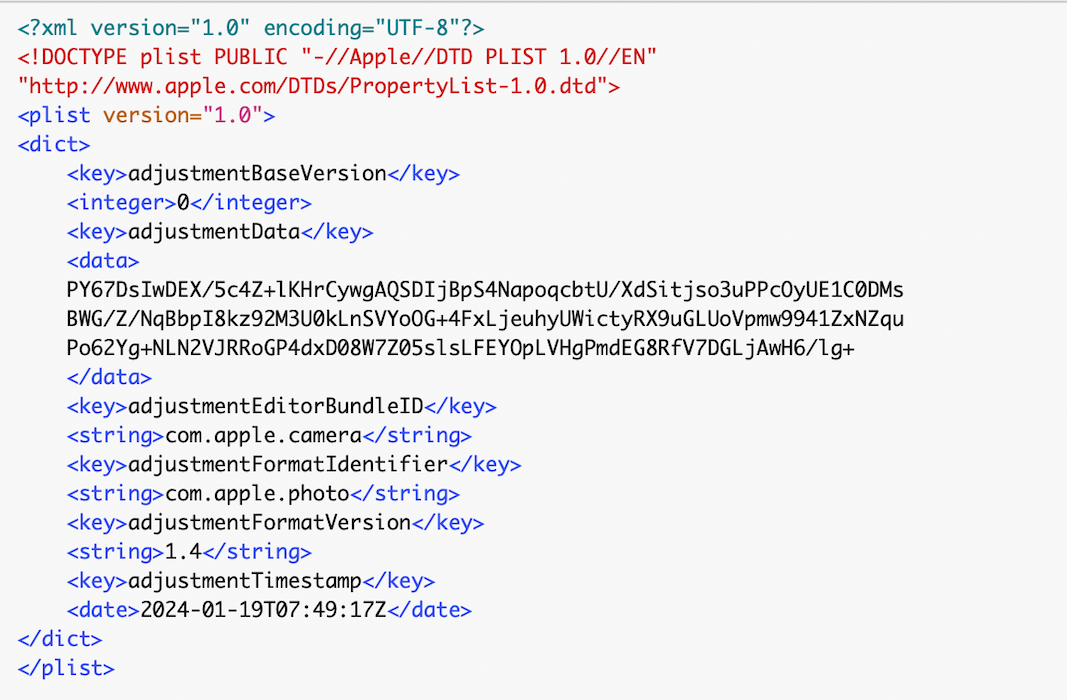
Graham K. Rogers teaches at the Faculty of Engineering, Mahidol University in Thailand. He wrote in the Bangkok Post, Database supplement on IT subjects. For the last seven years of Database he wrote a column on Apple and Macs. After 3 years writing a column in the Life supplement, he is now no longer associated with the Bangkok Post. He can be followed on Twitter (@extensions_th)

For further information, e-mail to
Back to
eXtensions
Back to
Home Page